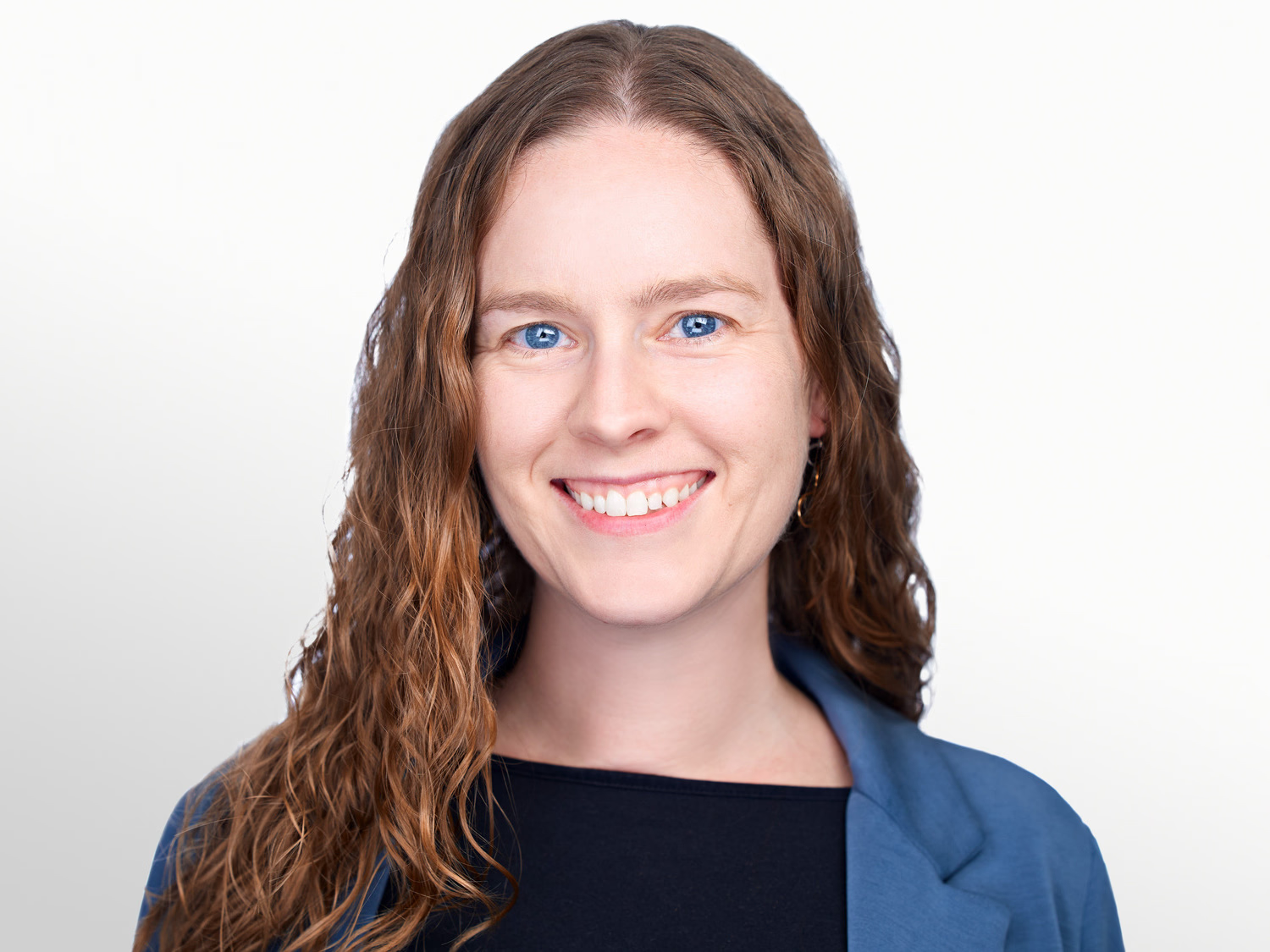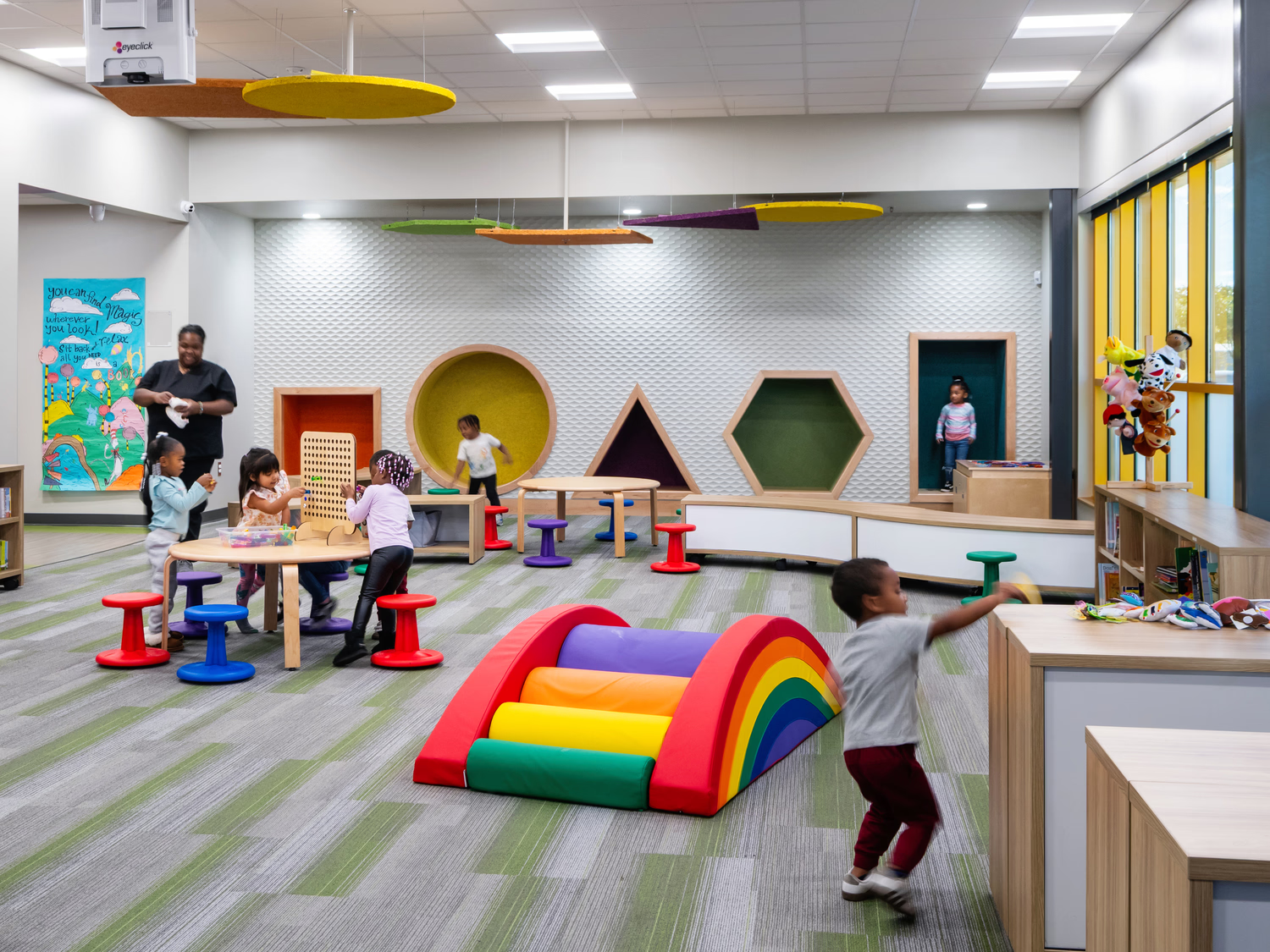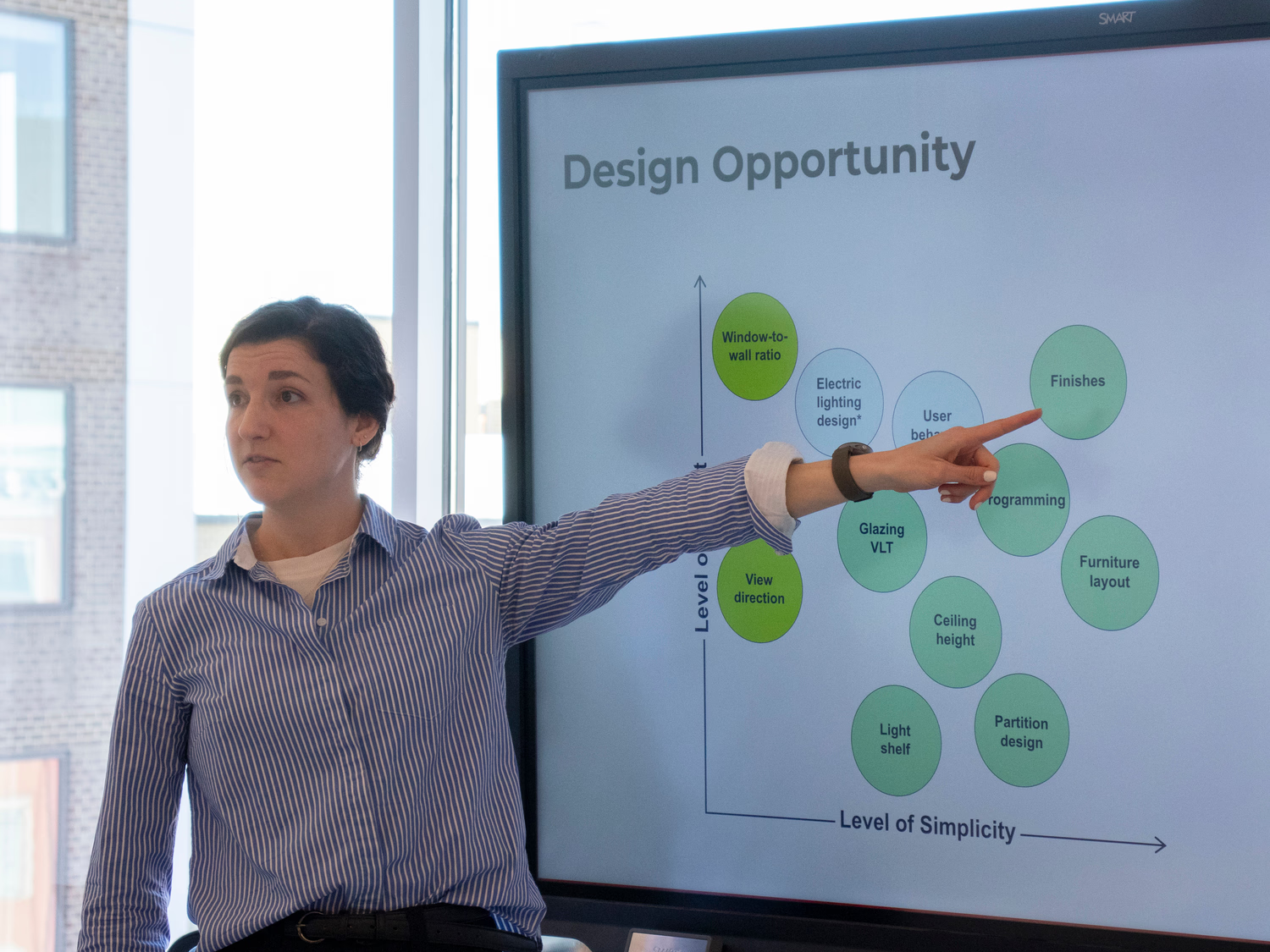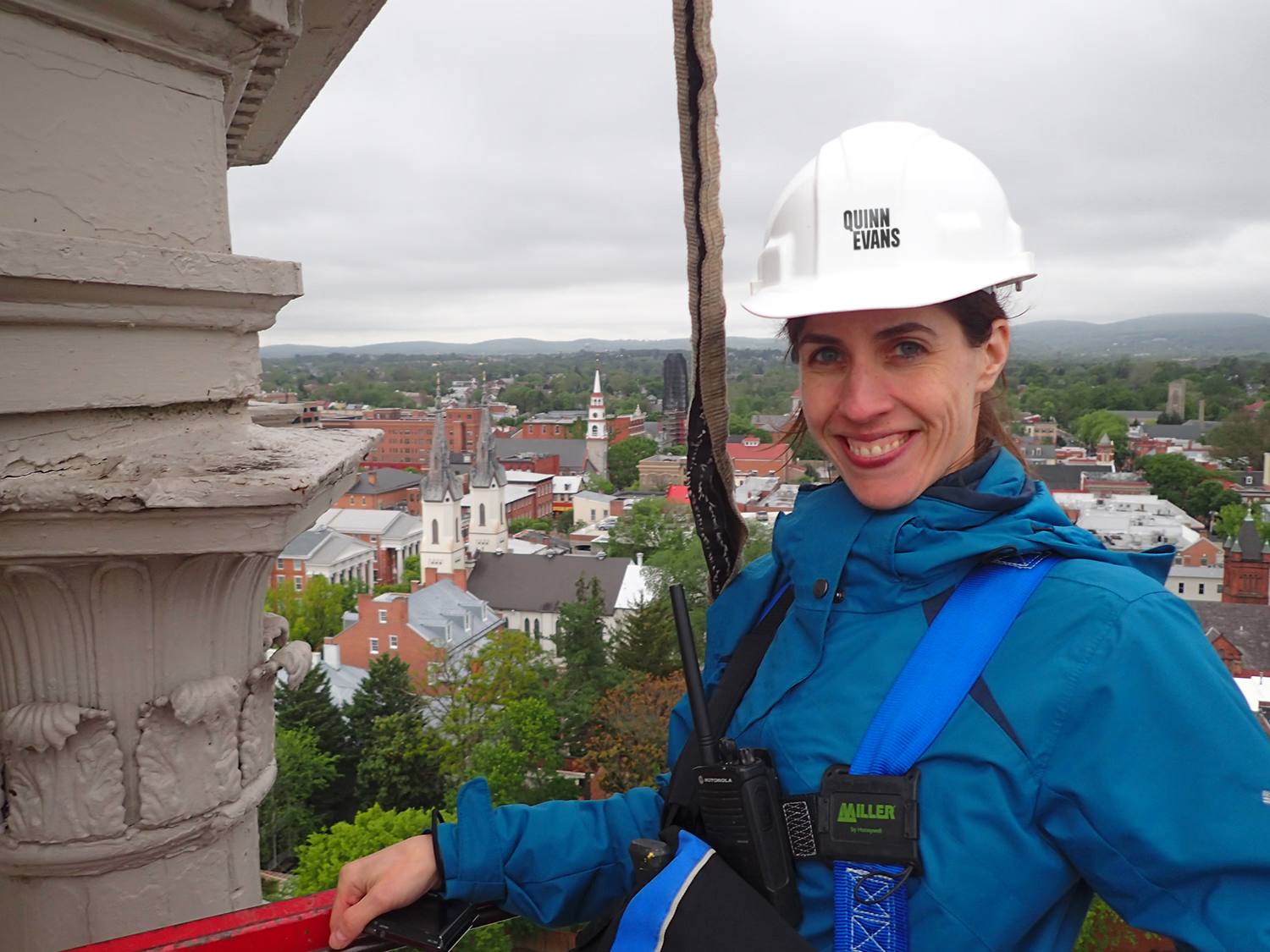
The completion of the new Virginia Commonwealth University (VCU) STEM Building designed by Quinn Evans in partnership with Ballinger was celebrated with a ribbon-cutting ceremony in April. The $125 million state-of-the-art science and engineering building is located at the former Franklin Street Gym and will house an estimated 10,000 students for courses each semester beginning this fall.
As we educate the next generation of scientists and leaders, VCU’s new STEM building will foster seamless integration of classroom learning with hands-on research engagement, encouraging students to collaborate across disciplines and facilitate discovery — which is what the world needs.
- Michael Rao, Ph.D., president of VCU and VCU Health


The building reimagines a site within the rich historic context of Franklin Street on the Monroe Park Campus, providing interior and exterior spaces for student gathering, and campus-based connections through the block. The spaces create an energetic environment of openness and transparency to foster collaboration and enhance student achievement.
It includes 34 teaching labs; the Math Exchange, an innovative facility for math instruction; a Science Learning Center; two large-capacity classrooms; computer labs; and large- and small-capacity flexible classrooms. It features instructional wet and dry labs and classrooms for teaching chemistry, biology, physics, math, psychology and kinesiology.







